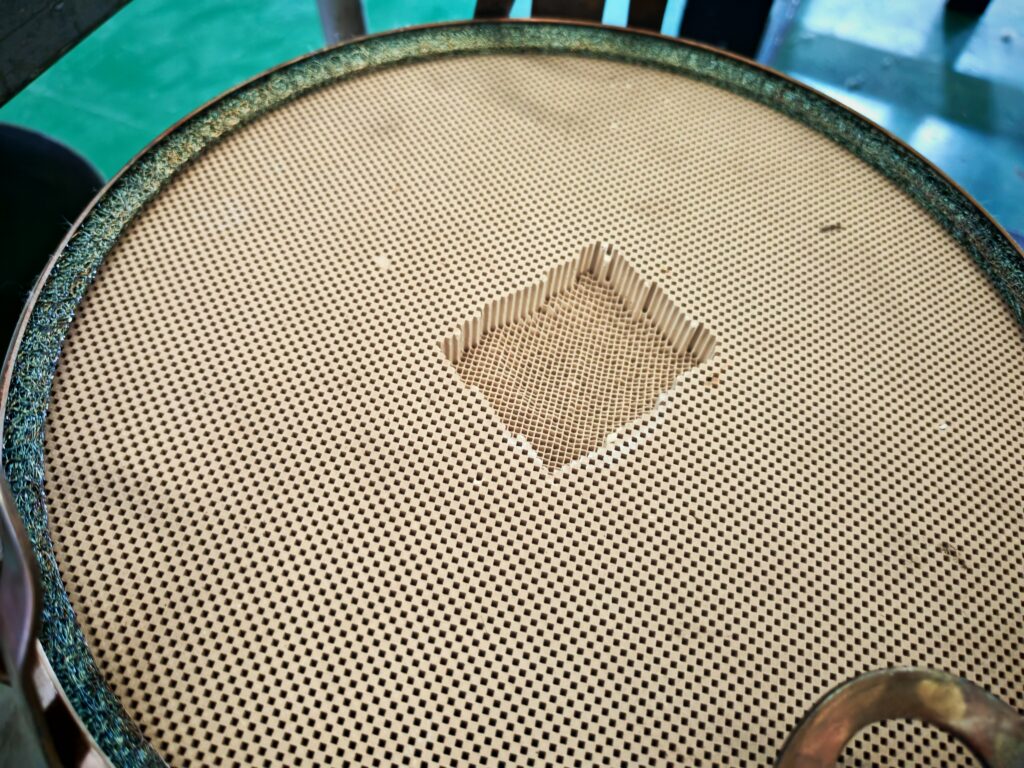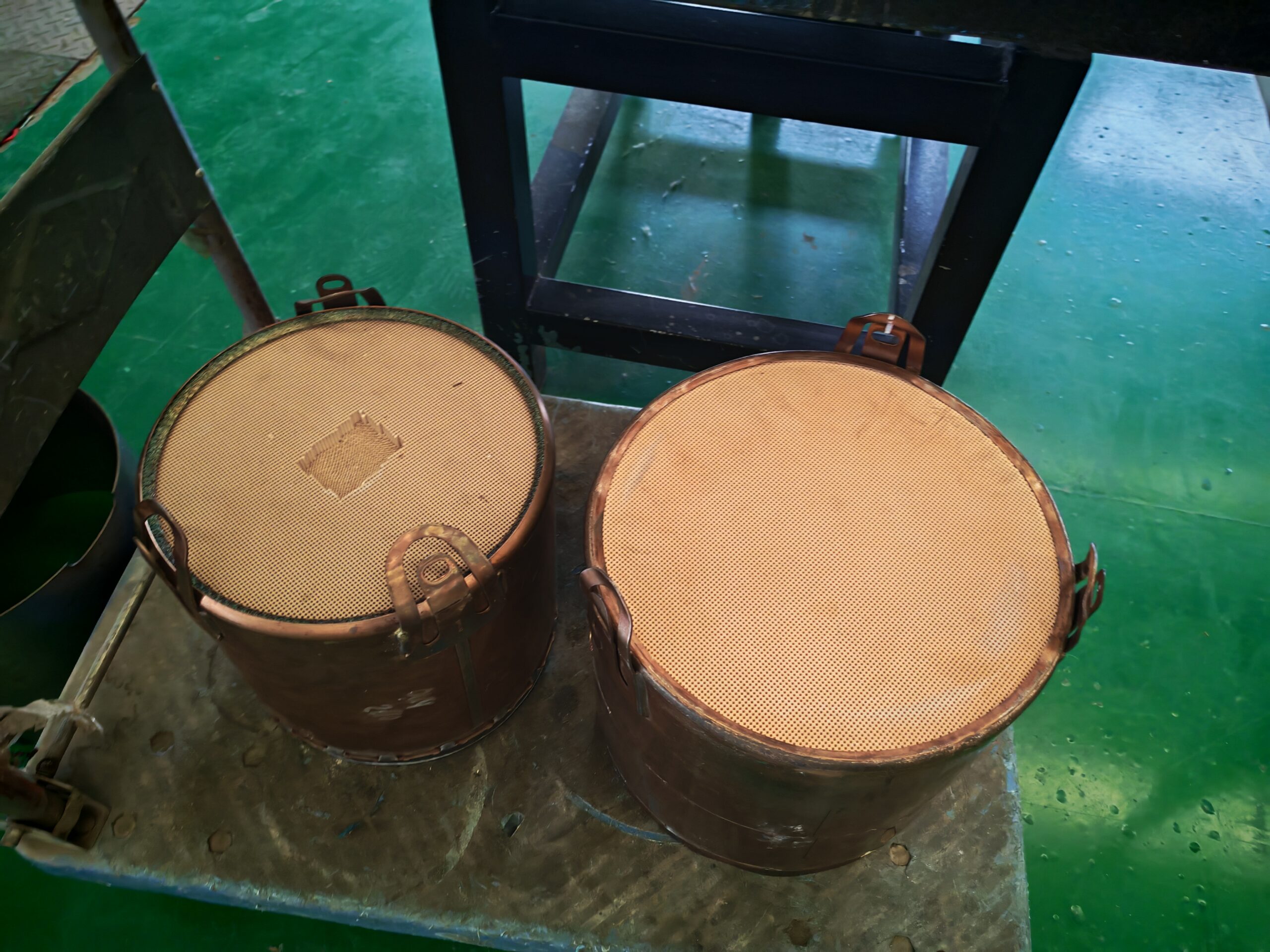Have you ever noticed that your diesel vehicle’s DPF (Diesel Particulate Filter) gradually turns yellow over time? Much like how our face masks change color with use, this phenomenon holds some fascinating scientific explanations. Let’s uncover the story behind this “car mask” turning yellow.
The DPF acts as a “mask” for diesel vehicles, specifically designed to filter harmful particles from exhaust emissions. As usage time accumulates, its original gray-white color gradually shifts to yellow due to several key factors:
1. The “Baking” Effect of High Temperatures
During each DPF regeneration cycle, internal temperatures soar above 600°C (1112°F). This is akin to putting bread in an oven – prolonged exposure naturally leads to discoloration. Captured soot particles undergo oxidation at these high temperatures, transforming from black to yellowish-brown.
2. Cosmetic” Residue from Engine Oil
Engine oil contains various additives, much like ingredients in cosmetics. When these substances burn, they leave behind whitish “makeup” deposits inside the DPF. Over time, these accumulate into pale yellow coatings.
3. Exhaust “Acid Rain” Corrosion
Sulfides and nitrogen oxides in the exhaust combine with water vapor to form “acid rain.” These acidic compounds slowly corrode the DPF’s metal components, creating yellow rust stains similar to iron oxidation.
4. Natural Material “Aging”
The DPF’s ceramic materials undergo gradual aging under prolonged high-temperature operation, much like plastic deteriorating under constant sun exposure. This natural discoloration process is inevitable.
Why Does a Diesel Car’s “Mask” Turn Yellow? – The Science Behind DPF Discoloration
How to Assess if It’s Normal?
– Uniform light yellow: Normal “signs of aging”
– Localized dark yellow patches: May require cleaning
– Accompanied by power loss: Needs professional inspection
Maintenance Tips:
✓ Use low-ash specialty engine oil
✓ Ensure complete regeneration cycles
✓ Professional inspection every 20,000 km
Just like how we need to regularly change our face masks, slight yellowing of the DPF is completely normal. However, if discoloration becomes severe or affects vehicle performance, it’s time for a “doctor’s visit.” Remember, taking good care of this “car mask” ensures it can better protect our environment!
(Fun fact: A well-maintained DPF typically lasts 100,000-150,000 km!)



